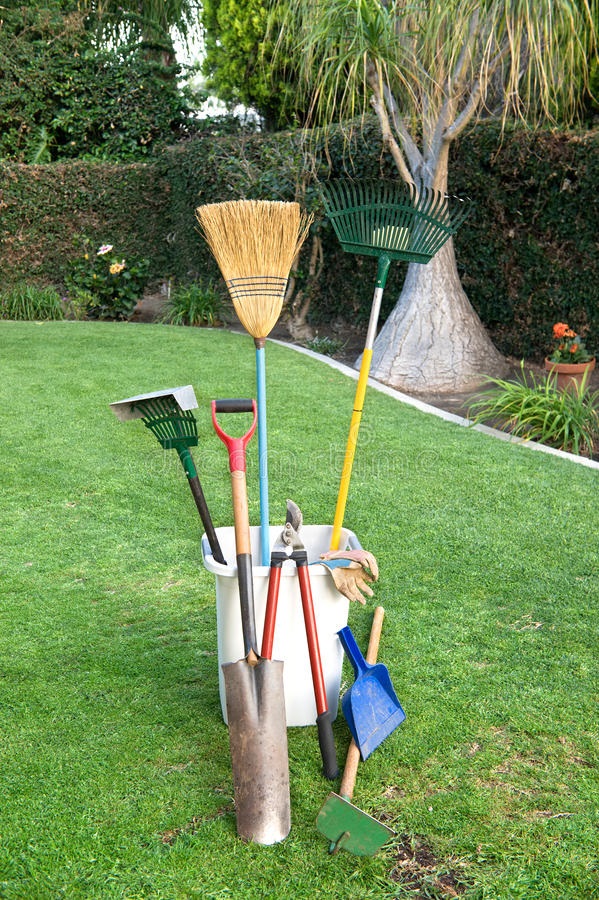Many debate the need for quality turf or grass in their yard. While it’s true the EPA reports an average lawn consumes about 10,000 gallons of water over and above rainfall, and a lawn mower operating for one hour equals the amount of pollution emitted by a car driven for about 20
miles, there are many benefits.
For example, turf saves energy by staying 30 to 40 degrees cooler than bare soil and 50+ degrees cooler than streets, helping keep homes cool. Then, grass produces oxygen more efficiently than trees, with a
50-by-50-feet patch of lawn producing enough for a family of four. One acre of lawn can soak up 100 pounds of sulfur dioxide each year. And a 10,000 square-foot lawn can prevent erosion by sopping up as much as 6,000 gallons of rainwater during a rainstorm.
What about a bare lawn or bare spots in a lawn. If you can get mulch and till it in, you are already well on your way to a quality lawn, even when clay content is high. What about weeds? The natural way to control
weeds is to build the soil by increasing the organic matter and then, most weeds won’t be a problem. In the interim, hand-pull problem weeds. Yes, hand-pull them. You get to sit or lay down when doing this, so it isn’t really difficult work!
Turf doesn’t have to be St Augustine, Zoysia, Bermuda, or centipede, but your neighbor are going that way! Stay away from Zoysia though. It’s weak and can easily be taken over by non-desired grasses/weeds.
All in all, a quality turf or grass lawn that you can walk barefoot on during the hottest day of the year and feel like you’re walking on a soft cushion is well worth the effort. Go for it!






